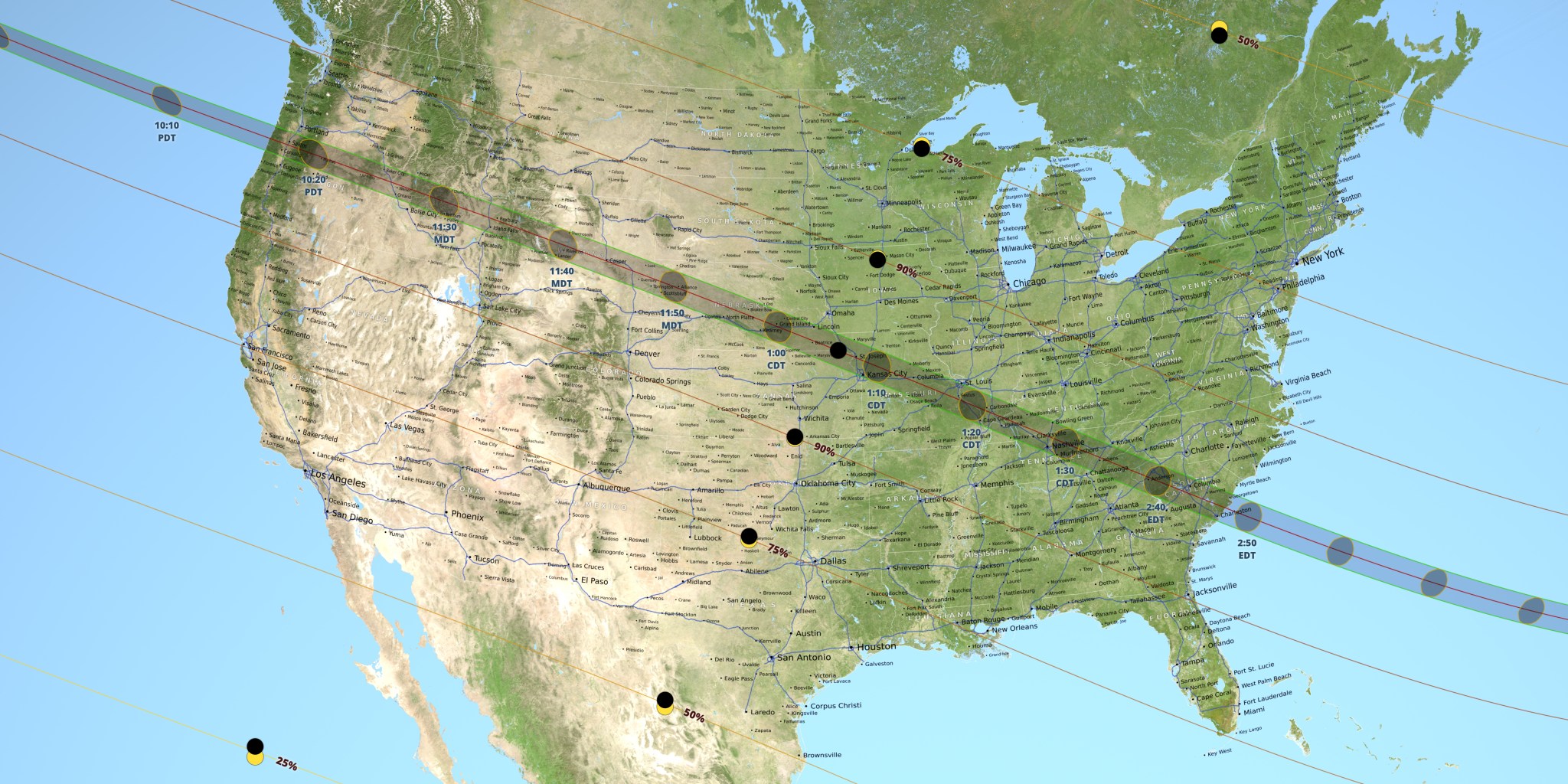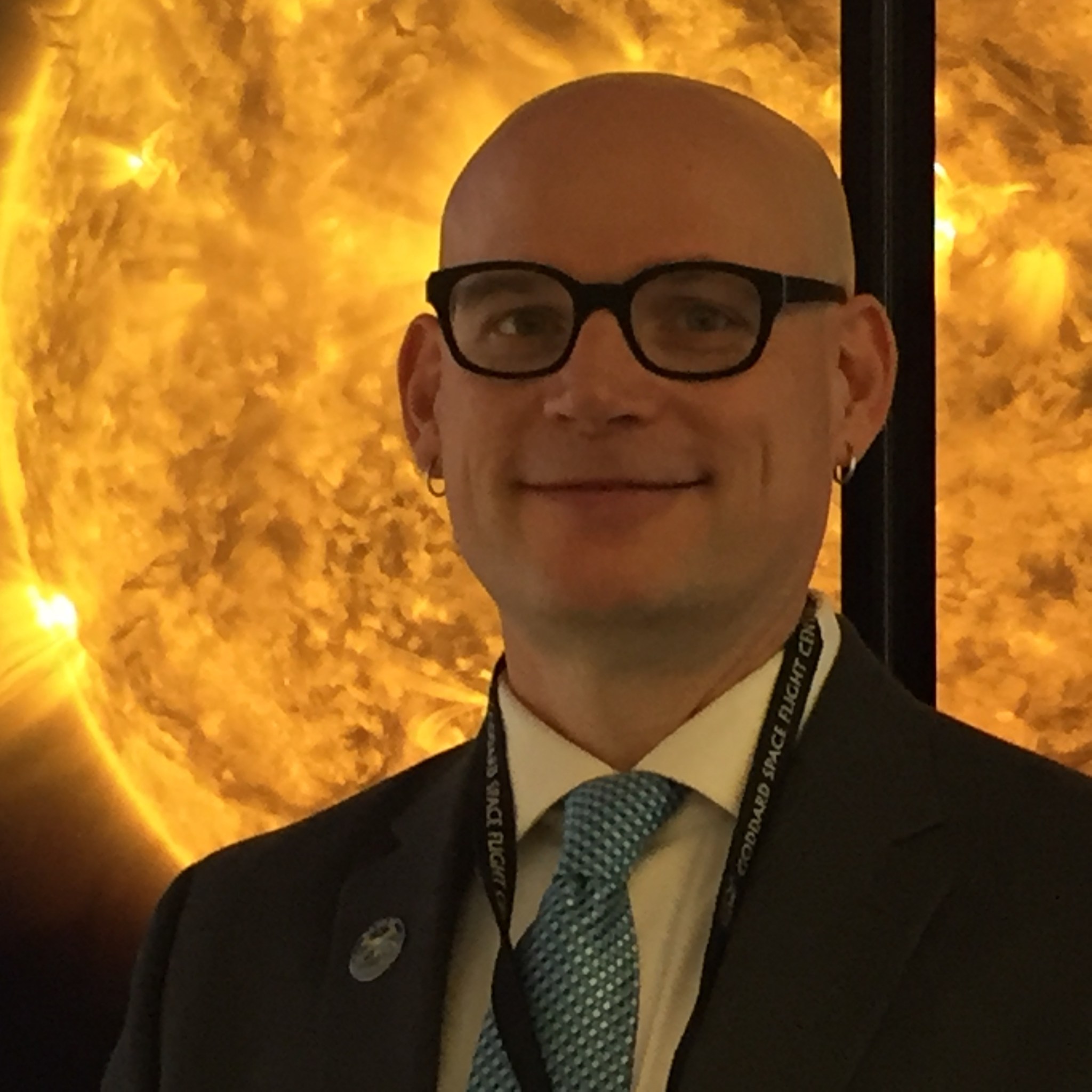The public is invited to a free talk called “The 2017 Total Solar Eclipse: Through the Eyes of NASA” with Dr. C. Alex Young in the Pickford Theater, third floor, Madison Building, Library of Congress, Washington, D.C., on Thursday, June 15, from 11:30 a.m. to 12:30 p.m. EDT.
The Aug. 21, 2017, eclipse will be the first total solar eclipse visible in the contiguous United States since 1979 — and the first that has traversed the entire continent coast-to-coast since June 8, 1918. The moon’s shadow will cut an approximately 70-mile-wide path diagonally across the country from Oregon to South Carolina. Weather permitting, those in the path will experience an ethereal twilight with a naked-eye view of the sun’s million-degree atmosphere called the corona. Anticipation and energy for this eclipse is off the charts!
More than 500 million people in North America alone will be able to catch the eclipse in either its partial or total phase. Parts of South America, Africa and Europe will see a partial eclipse as well. NASA is planning to take full advantage of this unique celestial event as an education and public engagement opportunity by leveraging its extensive networks of partners, numerous social media platforms, broadcast media and its significant unique space assets and experts to bring the eclipse to America and the world. This talk outlines the science and the wonder of total solar eclipses along with where and when you can experience the Aug. 21 spectacle.
Young will be speaking about the celestial mechanics of the eclipse, viewing opportunities and how NASA will be studying the sun and Earth during this rare event.
Young is the associate director for science in the Heliophysics Science Division at NASA’s Goddard Space Flight Center in Greenbelt, Maryland. In this role he is responsible for overseeing and coordinating the education and public outreach, or EPO, team for the division. He works with the EPO teams as a liaison with NASA’s offices of Education and Communications. In addition, he works with the division scientists to promote and support their research. In graduate school at the University of New Hampshire, Durham, Young studied the high energy astrophysics of cosmic gamma-ray bursts and gamma-ray solar flares.
The Library of Congress maintains one of the largest and most diverse collections of scientific and technical information in the world. The Science, Technology and Business Division provides reference and bibliographic services and develops the general collections of the library in all areas of science, technology, business and economics.
The Library of Congress is the nation’s oldest federal cultural institution and the largest library in the world and holds nearly 151.8 million items in various languages, disciplines and formats. The library serves Congress and the nation both on-site in its reading rooms on Capitol Hill and through its award-winning website.
For inquiries about this or upcoming talks at the Library of Congress, the public can contact the library’s Science, Technology and Business Division at 202-707-5664. ADA accommodations should be requested five business days in advance at 202-707-6382 (voice/tty) or ada@loc.gov.
The lecture will be later broadcast on the library’s webcast page and YouTube channel “Topics in Science” playlist.
For more information contact Stephanie Marcus at 202-707-1212 or smar@loc.gov or visit: http://blogs.loc.gov/inside_adams/
For directions, visit: http://www.loc.gov/visit/maps-and-floor-plans/
For information about how NASA will be viewing the eclipse, visit: https://www.nasa.gov/feature/goddard/2017/eclipse-2017-nasa-supports-a-unique-opportunity-for-science-in-the-shadow
For NASA’s Total Solar Eclipse website, visit: https://eclipse2017.nasa.gov/
For NASA’s Eclipses and transits website, visit: https://www.nasa.gov/topics/solarsystem/features/eclipse/index.html
Rob Gutro / Lora Bleacher
NASA’s Goddard Space Flight Center, Greenbelt, Md.
301-286-0697 / 2009
Robert.j.gutro@nasa.gov / Lora.v.bleacher@nasa.gov































